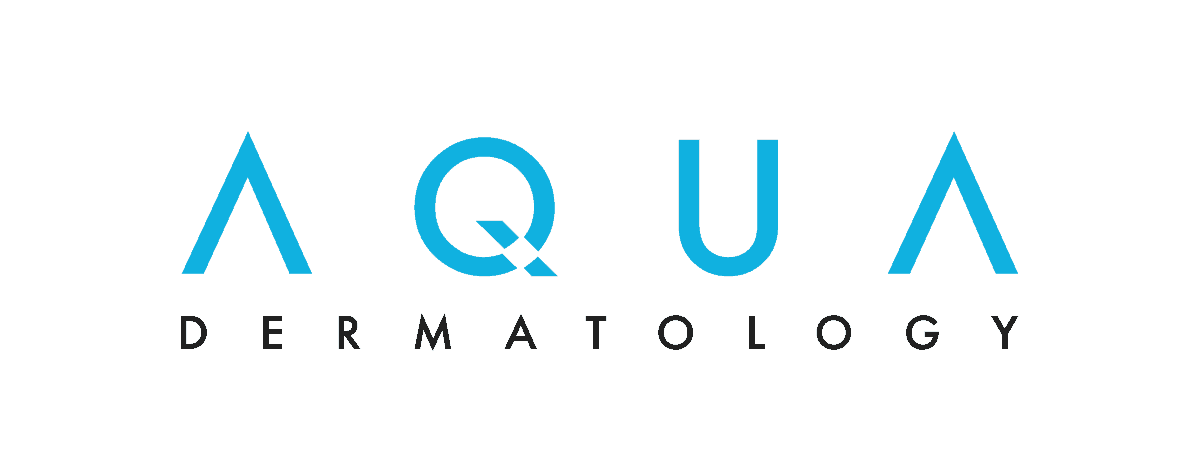Practicing
Sun Safety
Call (877) 900-3223
Practicing Sun Safety
The sun is good for many things. It makes flowers grow, warms the earth and provides light. The sun also can harm your skin because it emits ultraviolet radiation. The sun’s ultraviolet A (UVA) rays are called the “aging” rays. UVA can cause wrinkles and age spots.
Ultraviolet B (UVB) rays are known as the “burning” rays because UVB rays cause sunburn. Both types of UV rays reach the earth every day. Even on a cloudy day, UV rays can damage your skin.
Browse the links and content below to learn much more about sun and your skin.
Sun Safety Awareness
Sunscreen FAQs
What happens when I don’t protect my skin from the sun?
Without protection from the sun’s harmful UV rays, the following can occur:
Heightened Risk of Skin Cancer
Most skin cancers develop on areas of the skin that get years of sun exposure, like the face, neck, ears, forearms, hands and trunk. Basal cell carcinomas and squamous cell carcinomas are the most common, but melanomas are the deadliest.
- Squamous cell carcinoma (SCC) can look like a red scaly patch, raised, firm bump or a sore that heals and re-opens. People who have light skin are most likely to develop SCC, but it can develop in dark-skinned people, especially those who have scarring. With early detection and proper treatment, SCC has a high cure rate. Left untreated, SCC can be disfiguring. In rare cases, untreated SCC can spread to other areas of the body and can be fatal.
- Melanoma may develop in a mole or it can appear on the skin as a new, dark spot. Sometimes melanoma contains shades of red, blue or white. When found early, melanoma often can be cured. Left untreated, melanoma can spread to other areas of the body and can be fatal. One person dies of melanoma every hour.
- Actinic Keratosis (AKs) are dry, scaly, rough-textured patches or lesions that form on areas of the body that have received long-term exposure to sunlight, such as the face, ears, lip, scalp, neck, forearms and back of the hands.
Sunburn
Too many sunburns and sunburns that blister increase your risk of developing skin cancer. Avoiding sunburn is important. If you do get sunburned, find relief from cool, wet compresses, cool baths and soothing lotions. When a fever, chills, upset stomach or confusion develops, you may need to seek immediate medical attention.
Tanning
Tanning is often mistaken as a sign of good health. What a tan actually means is the skin has been injured and scarred. A tan develops when the skin tries to protect itself from harmful UV rays. Indoor tanning is not a safe alternative to sun exposure. Indoor tanning equipment, including tanning beds and sun lamps, emit harmful UV radiation. This radiation can be stronger than that given off by the sun. Whether radiation comes from indoor tanning or the sun, it increases a person’s risk of developing skin cancer, including melanoma. There is no such thing as a “safe” tan.
Aging
Constant exposure to UV rays makes skin age more quickly than normal, and can cause it to become tough and leathery. Skin exposed to the sun can also develop large freckles, age spots, wrinkles and scaly growths known as keratosis (AKs). AKs are considered an early stage in the development of skin cancer.
Allergic Reactions and Other Conditions
For some people, sun exposure causes an allergic reaction. Common signs of a sun allergy are bumps, hives, blisters and red blotches on the skin. People taking certain medications can develop a rash after being in the sun. Medications that interact with UV light and can cause this reaction include birth control pills, antibiotics and medications for treating blood pressure, arthritis and depression.
Sun exposure can also worsen some diseases. People who have lupus erythematosus or cold sores should protect their skin from the sun. If a flare-up occurs, be sure to consult a dermatologist.
How do I protect my skin from the sun?
If you take care to be sun smart, you can safely work and play outdoors without increasing skin cancer risk or aging prematurely. It’s never too late to start protecting your skin. Here’s how to stay safe in the sun:
- Generously apply a broad-spectrum, water-resistant sunscreen with a sun protection factor (SPF) of 30 or more to all exposed skin. Broad-spectrum provides protection from both ultraviolet A (UVA) and ultraviolet B (UVB) rays. Reapply approximately every two hours, even on cloudy days, and after swimming or sweating. Check out our advanced products that can keep your skin protected and vibrant.
- Wear protective clothing, such as a long-sleeved shirt, pants, a wide-brimmed hat and sunglasses.
- Seek shade when appropriate. Remember, the sun’s rays are the strongest between 10am and 4pm. TIP: If your shadow is shorter than you are, seek shade.
- Protect children from sun exposure by playing in the shade, wearing protective clothing and applying sunscreen.
- Use extra caution near water, snow and sand because they reflect and intensify the damaging rays of the sun, which can increase your chance of sunburn.
- Get vitamin D safely through a healthy diet that may include vitamin supplements, not the sun.
When should I see a dermatologist?
If you notice a mole differs from another or a spot on your skin changes, itches or bleeds (even if it is small), you should immediately contact your Water’s Edge Dermatology provider. These changes can be signs of skin cancer. With early detection and treatment, skin cancer has a high cure rate.
Years of sun exposure also accelerate the signs of aging, such as freckles, sun spots and wrinkles. If you dislike signs of aging that appear on your skin, you also may want to see a Water’s Edge dermatologist to learn about the different options to treat or help reduce the signs of aging skin.





